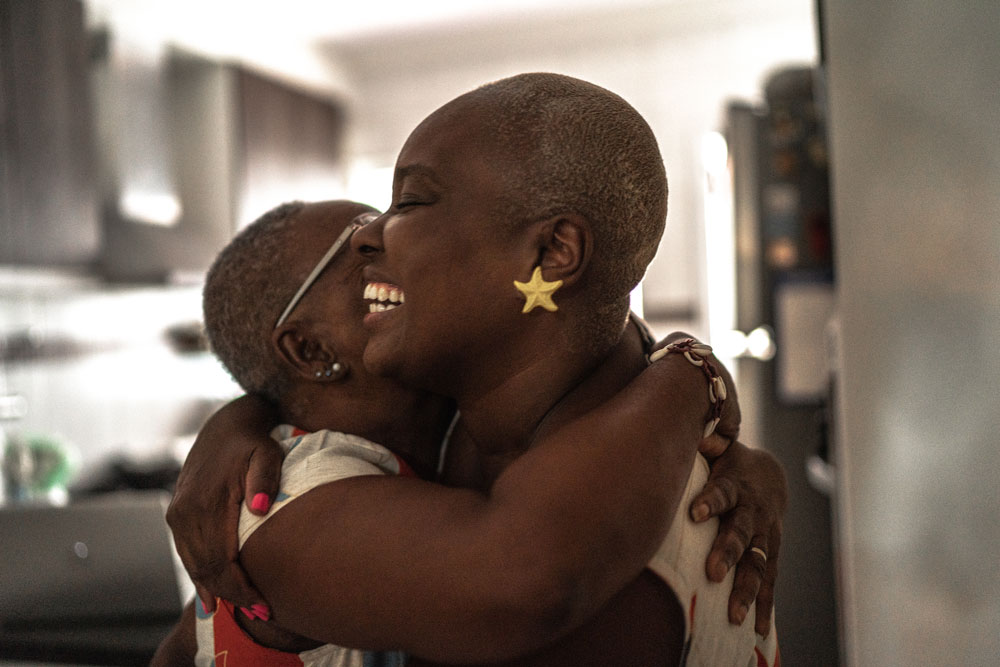Making rare disease drug development personal
The statistics regarding rare diseases speak for themselves: one of two patients diagnosed with a rare disease is a child; three of 10 children with a rare disease won’t live to see their fifth birthday; more than 400 million people suffer from a rare disease globally — greater than the population of the U.S. Fortunately, the drug development landscape for rare diseases is increasing exponentially. However, there are many challenges in conducting rare disease clinical trials, including small populations often spread across the globe, limited opportunities for study participation and replication of results in larger trials, and heterogeneous manifestations of disease and phenotypic presentations. The clinical manifestations are often not easily connected to a specific disease — on average, a rare disease patient visits seven specialists, and a correct diagnosis can take as long as six to eight years — and a lack of consensus on clinical outcome measures and poorly defined endpoints.
In this article, Shipra Patel, M.D., Global TA Section Head, Endocrinology, Parexel, discusses how she strives to overcome these challenges daily.






